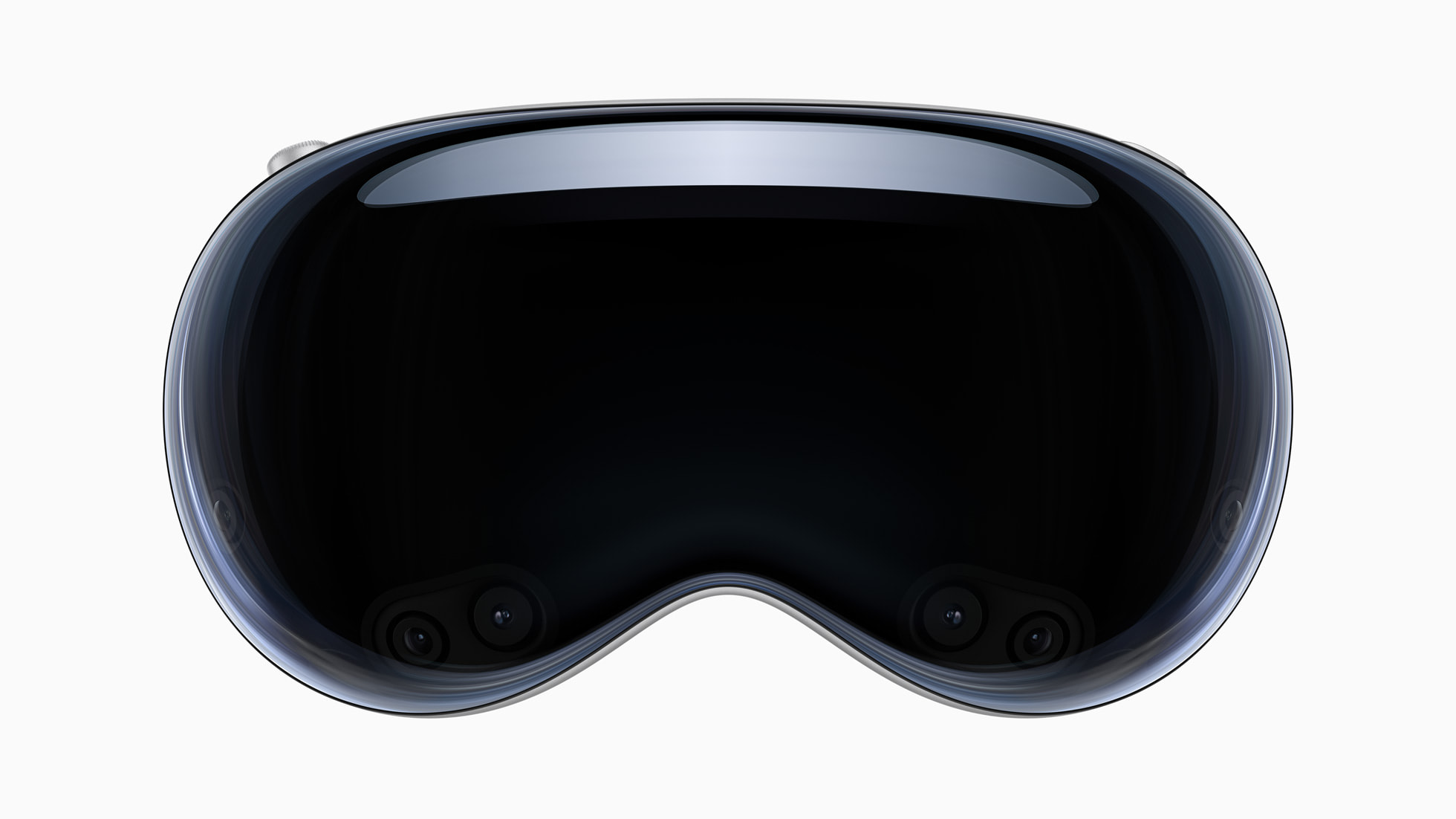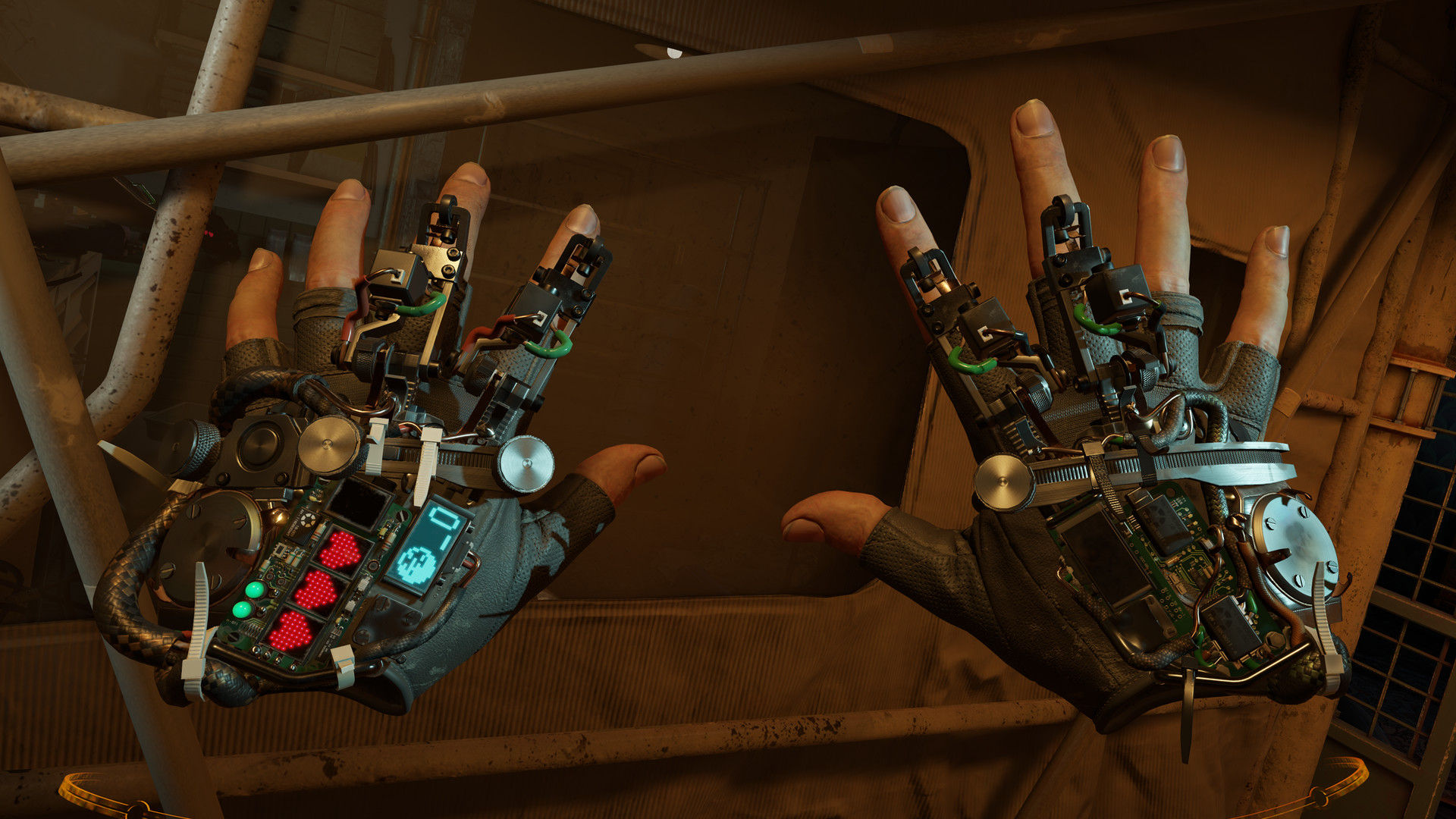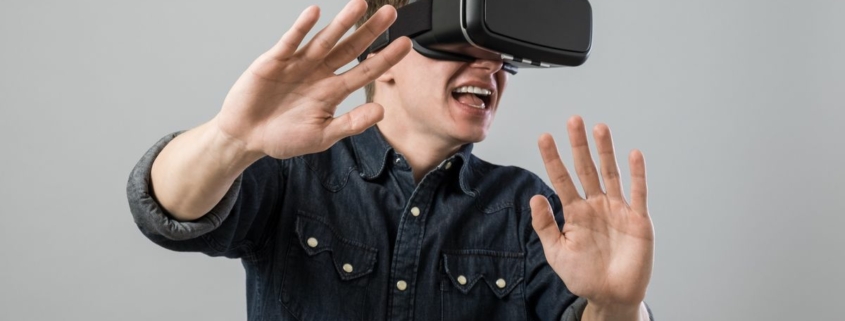VR still makes 40-70% of players want to throw up, and that’s a huge problem for the companies behind it

Tech Tales
This article first appeared in PC Gamer magazine issue 386 in July 2023, as part of our Tech Tales series. Every month we talk about the ups and downs of PC hardware, with a look back on our own history with the hobby.
Let me tell you why Apple’s £3,500 VR headset announcement made my heart sink. I know this is a PC site, but when an industry player that big tries to make VR a part of everyday life it affects everyone. PC gaming doesn’t exist in a bubble.
It’s not because the idea of seeing my iPhone menu buttons everywhere I look, all day, forever, is so nightmarish, or because £3,500 for a toy was presented like a perfectly rational purchasing decision. Me and VR, we’ve just never hit it off.
My first experience of it was about as bad as you could possibly engineer, if you were deliberately trying to make someone nauseous. An Oculus DK2, a PC that couldn’t quite run a rollercoaster demo at a high-enough framerate, and a slightly-too-hot office full of people watching me as I put on the headset. Before I’d completed the second loop-de-loop, it was clear that VR and I were not going to be good friends.
Like a great many people, virtual reality makes me feel pretty sick. It’s not that I haven’t tried to push past it, either. There’s a lot of talk about getting your sea legs in VR, acclimating to the strange sensation of perceiving motion with your eyes and expecting to feel it with your body but getting nothing. I saw the potential VR had for sim racing. I bravely soldiered through three stages in Dirt Rally, my stomach tying itself into a balloon animal every time I put two wheels up onto a verge and my cockpit view went diagonal. But the nausea never went away.

Between 40-70% of users experience sickness within 15 minutes of exposure.
It’s been eight years now since that virtual roller coaster ride, and my brain hasn’t acclimated yet. I so badly wanted to enjoy Half-Life: Alyx, and it’s true that Valve’s peerless design and engineering smoothed the roughest edges of the experience, as does a solid, high framerate and teleport controls rather than—I’m feeling queasy just typing this—analogue stick movement. But it’s not a fix.
And it turns out I’m not in the minority. The latest figures gathered in 2022 estimate that between 40-70% of users experience sickness within 15 minutes of exposure. For women specifically, it’s even higher, up to 80%. And we don’t know why.
What we do know, more or less, is that the nausea we feel after experiencing VR is a form of motion sickness. It’s basically a runtime error in our vestibular system, the complex instruments in our inner ear that track our position and movement. The data that our eyes is giving to our vestibular system is that we’re in motion, whether we’re on a ship on choppy waters, in a car, or in Project CARs, but in each case our body itself is stationary. The best theory we have on why this disconnect between perceived and actual motion provokes nausea is that our body thinks we’ve been poisoned.

Steel horses
We don’t know why some people are so much more susceptible to it than others.
Before the days of steel horses and piston-powered locomotion, the likely explanation for feeling like you’re whizzing around while stationary was that you ate, drank or rubbed up against something you shouldn’t have. You’ve taken on toxins that are impeding your perception, and your body needs to get those toxins out. Fast.
It’s just a theory. And in fact, a theory from 1977. But it’s the science world’s best guess so far. What’s more, we don’t know why some people are so much more susceptible to it than others, but we know that there are numerous markers that make us more likely to experience it. Women, as mentioned previously, are more likely than men to get VR sick. Asian people are more likely than other ethnicities to experience motion sickness in general. Age is another factor—we’re more likely to experience it between the ages of 12 and 21 than in our adulthood… until we reach our 50s, upon which the likelihood increases again.
Apple forgot to mention that in its announcement though, didn’t they? Just like Facebook did when they launched various Oculus and Meta Quest products that can, did, and will make most of us feel sick. They’ve invested billions into making the platform happen, and they’ll be damned if eight years of lukewarm consumer reception is going to change their plans.
What are the solutions? Since we’re not sure of the cause, that’s a tricky one. But there are promising developments that all endeavour to ground us in our surroundings and give our vestibular system the context it needs not to go into purge mode. The hope is that if VR does become more mainstream, the need to address this issue becomes more urgent and both big tech funding and market demand brings about a solution. In the meantime, if you want me I’ll be in a dark room with my head between my knees.
Source link




